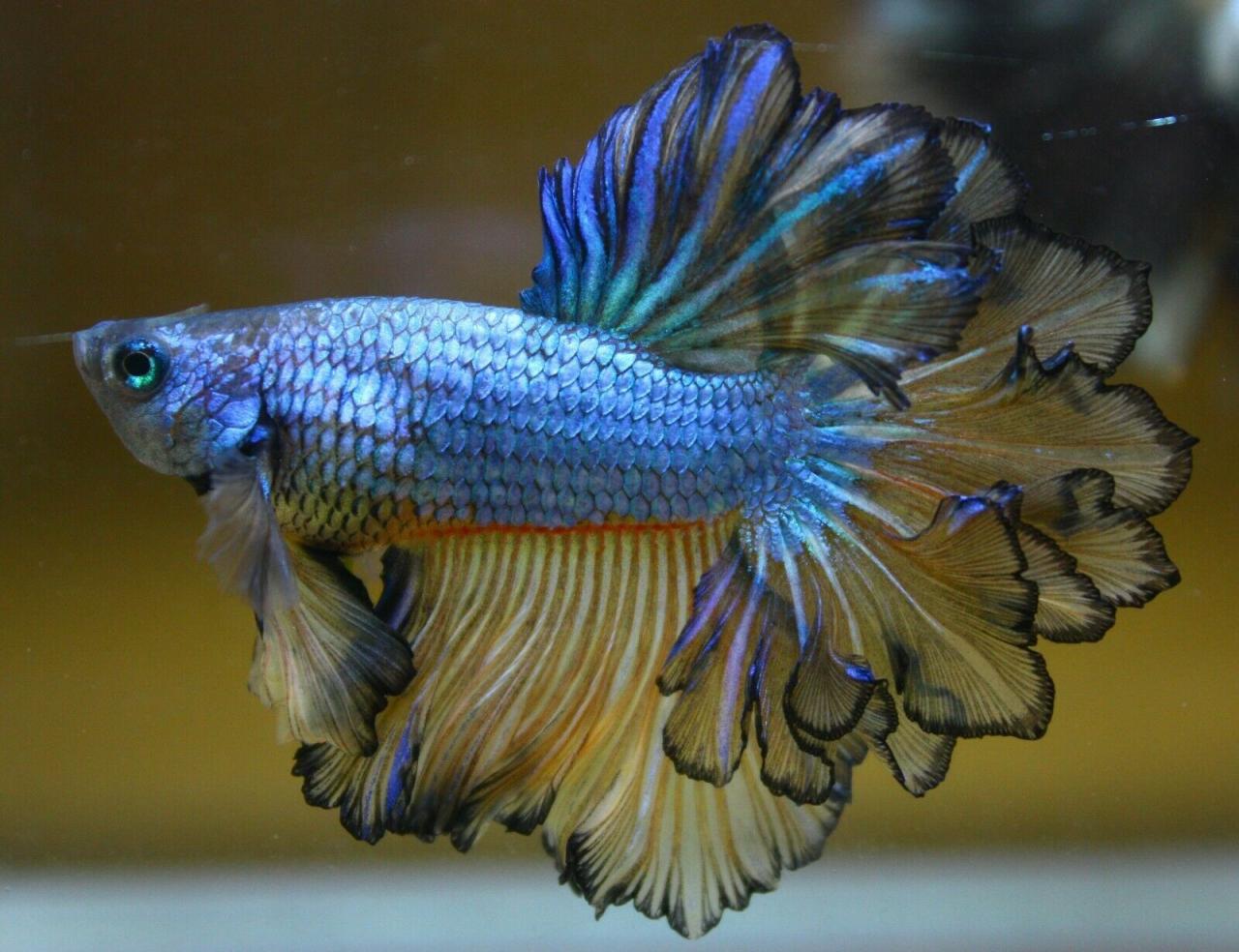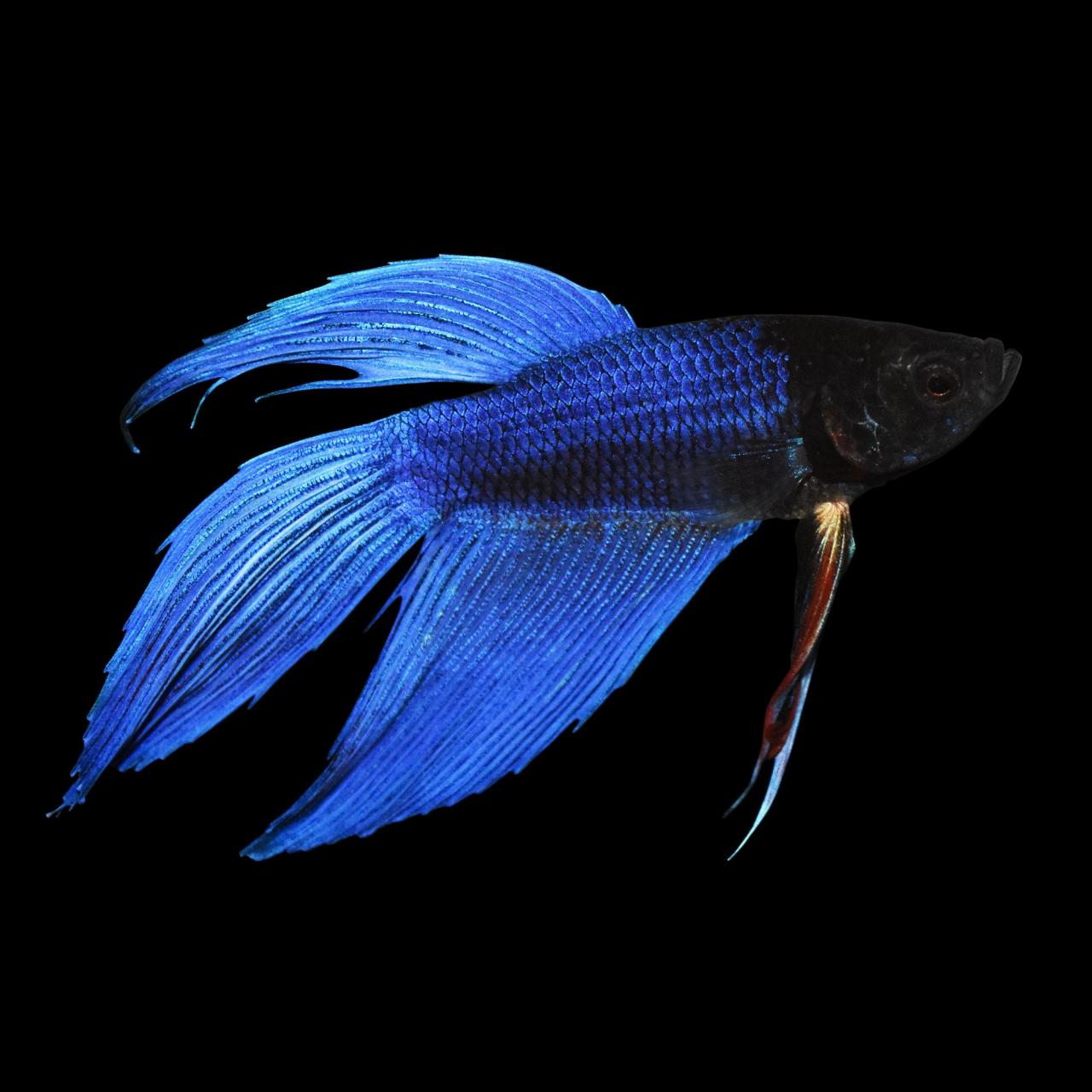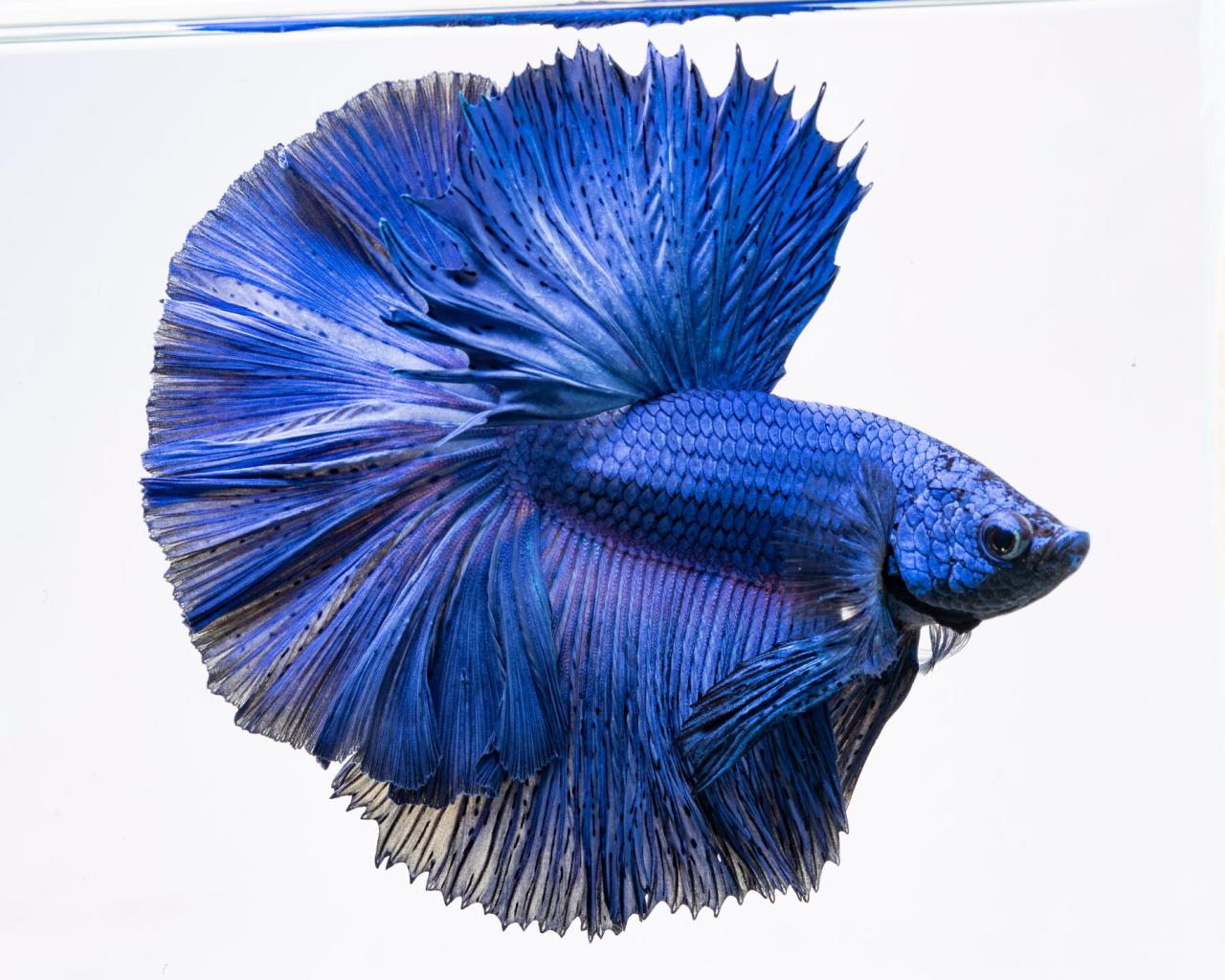Prepare to be captivated by the enchanting world of blue bettas, where iridescent scales and graceful movements paint a mesmerizing spectacle. These aquatic gems, known for their vibrant hues and captivating personalities, invite us on an extraordinary journey into the realm of nature’s wonders.
From their captivating physical characteristics to their intriguing social dynamics, blue bettas offer a wealth of insights into the intricate tapestry of life. Join us as we delve into their fascinating world, unraveling the secrets that make these electric blue wonders so irresistible.
Genetics and Coloration
The mesmerizing blue coloration in bettas is a captivating trait that has captivated hobbyists and enthusiasts alike. This unique hue is the result of a complex interplay of genetics and selective breeding practices.
At the genetic level, the blue coloration in bettas is primarily attributed to the presence of a specific gene known as the “blue gene.” This gene is responsible for producing a pigment called cyanin, which imparts the characteristic blue color to the fish’s scales.
Color Morphs and Inheritance Patterns
The blue gene exists in different variations, each giving rise to distinct color morphs in bettas. Some of the most common color morphs include:
- Steel Blue:A deep, metallic blue coloration with a hint of green.
- Cobalt Blue:A vibrant, electric blue with a slight purplish tinge.
- Royal Blue:A rich, saturated blue that resembles the color of the night sky.
The inheritance patterns of these color morphs are determined by the specific combination of alleles inherited from both parents. Dominant alleles, such as those responsible for the steel blue color, are expressed even when paired with a recessive allele. Recessive alleles, such as those for the cobalt blue color, require two copies to be expressed in the offspring.
Selective Breeding Practices
Selective breeding has played a crucial role in enhancing the coloration of bettas. By carefully selecting breeding pairs based on their color traits, hobbyists have been able to isolate and propagate specific color morphs. Over time, this has led to the development of stunningly vibrant and diverse blue betta varieties.
Selective breeding practices also involve the use of genetic modifiers, which are genes that influence the expression of other genes. These modifiers can enhance the intensity or saturation of the blue coloration, resulting in even more eye-catching and visually appealing bettas.
Cultural Significance and Symbolism: Blue Betta
Blue bettas have held cultural significance in various societies, inspiring artistic creations, folklore, and symbolism. Their vibrant coloration and distinctive behavior have made them captivating subjects for cultural expression.
In Thailand, where bettas originated, they are known as “pla kad” and have a long history of being bred for their beauty and aggression. Betta fighting, a traditional sport in Thailand, has been practiced for centuries and continues to be popular today.
Art and Literature, Blue betta
- In art, blue bettas have been depicted in paintings, sculptures, and textiles. Their vibrant colors and flowing fins have made them popular subjects for decorative arts.
- In literature, blue bettas have appeared in poems, stories, and novels. Their beauty and fighting spirit have inspired writers to create compelling characters and narratives.
Folklore and Symbolism
In some cultures, blue bettas are associated with good luck, prosperity, and protection. Their aggressive behavior has led them to be seen as symbols of strength and courage.
In feng shui, the practice of arranging elements in a space to create balance and harmony, blue bettas are believed to bring positive energy and good fortune.
Closure
As we bid farewell to the captivating realm of blue bettas, let us cherish the profound connection we have forged with these extraordinary creatures. Their vibrant colors, graceful movements, and enigmatic behaviors have left an indelible mark on our hearts, reminding us of the boundless beauty and diversity that nature holds.
May our newfound appreciation for blue bettas inspire us to become ardent guardians of their well-being, ensuring that future generations can continue to marvel at their electric blue allure.
FAQs
What is the scientific classification of the blue betta?
The scientific classification of the blue betta is as follows: Kingdom: Animalia, Phylum: Chordata, Class: Actinopterygii, Order: Perciformes, Family: Osphronemidae, Genus: Betta, Species: Betta splendens.
What are the distinctive physical characteristics of the blue betta?
Blue bettas are known for their vibrant blue coloration, which can range from a deep sapphire to a shimmering turquoise. They have a slender, elongated body with flowing fins that come in various shapes and sizes.
What is the natural habitat of the blue betta?
Blue bettas are native to Southeast Asia, where they inhabit slow-moving streams, rice paddies, and shallow pools. They prefer warm, acidic water with plenty of vegetation for cover.
What are the social dynamics of blue bettas?
Blue bettas are territorial and aggressive towards other males of the same species. However, they can live peacefully with other non-aggressive fish species.
How do blue bettas breed?
Blue bettas are bubble nest builders. The male builds a nest of bubbles at the surface of the water and attracts a female to lay her eggs in it. The male then fertilizes the eggs and guards the nest until they hatch.


